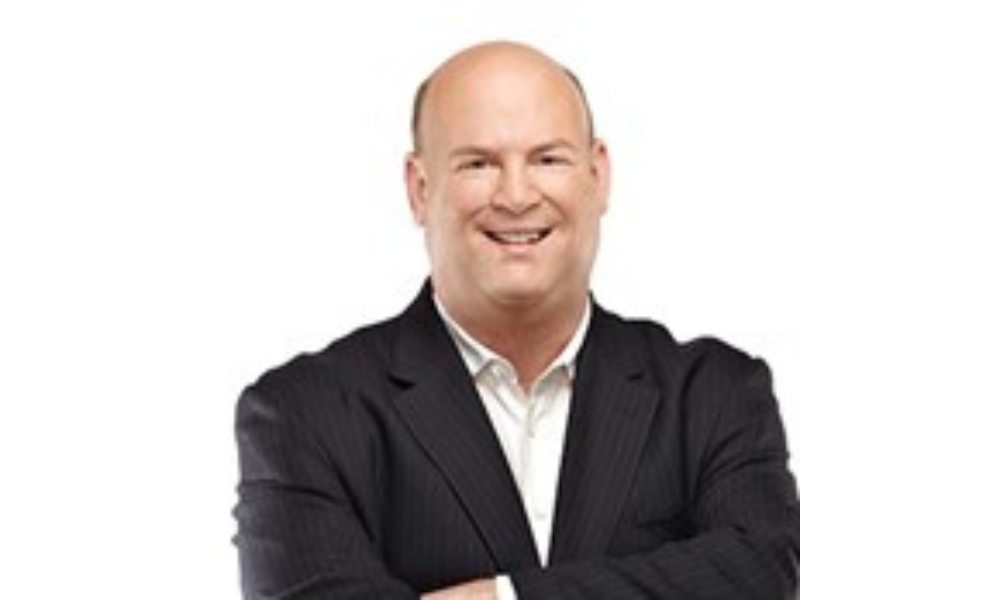Advisor takes inspiration from high-end hospitality chain because "service is service"

It might not be obvious to connect the bespoke level of service a guest receives at the Four Seasons with what a financial advisor can provide their clients, but Scott Starratt draws that line. The investment advisor and portfolio manager at Starratt Wealth Management of Canaccord Genuity has trained himself and his team to aim for a standard of service that mirrors the Four Seasons. He says that, in doing so, he’s been able to build a practice that meets the needs of his high net worth clients.
“Service is service, and while we happen to be operating a financial services business, the reality is we’re providing bespoke service to the client that’s no different from what they expect from a concierge,” Starratt says. “It started when we said ‘they have something there that made Isadore Sharp very successful in his business. We read his biography and met with hotel managers and it really hit home to us that with the high end clients we hope to have, there’s really no difference between offering financial services and offering hospitality.
“At the end of the day you’re trying to give that individual the warm, happy feeling that they’re dealing with the right people, or they’re staying at the right hotel, or that they have a great advisor to look after them and their family.”
Starratt meets regularly with managers at Four Seasons hotel locations for discussions about management, hiring, and business practices. One comment that stuck with him, from the GM of the Four Seasons in Las Vegas, was that the hotel ‘hires from the heart’ because ‘we can teach the mind.’ Individuals who can master the technical aspects of a job but lack the care and spark for the guest can’t make it far at the Four Seasons. Starratt, too, tries to hire with a mind to deep client care.
When he onboards new individuals on his team, Sarratt outlines that core principle and uses the Four Seasons’ three core goals to set expectations. The first is ‘get it right,’ meet the minimum standards consistently. The second is ‘get me right,’ understand the client and adapt to their situation. The final goal is ‘wow me if you can,’ pleasantly surprise the guest by personalizing their experience beyond their expectation.
Those goals manifest at Starratt’s practice in myriad small and large ways. Meetings, for example, are more often held at clients’ homes or places they feel most comfortable. Asking clients to schlep downtown when they don’t want to can result in a poor overall experience. Meeting them where they are proves more a bespoke and comfortable feel for the client. Starratt’s team then goes out to wow their clients, dropping off a key document during a snowstorm, for example. The result is a sense among the clients that they’re working with a professional service provider.
Achieving that level of client service takes a great deal of work on the back end. Starratt believes that advisors can only properly handle around 75 households as a primary relationship manager. Since most practices are larger than that, he believes advisors need to prepare for that by either improving efficiency or hiring more staff. He advocates for adding sales support staff earlier than you might think, because the moment you realize you need them it’s already too late. The amount of time and work they will save an advisor, too, can be absolutely invaluable. Those hires free up the time needed to deliver bespoke service.
Each advisor is different, and motivated by different aspects of their work, Starratt says. They might be great money managers, or marketers, or service specialists. He believes that the delivery of a high standard, however, can stem from a business owner mindset. That mindset can help an advisor ‘see the whole board’ as it were and shift pieces of their practice around to optimize their strengths.
Sometimes that means making hard choices. Early in his career Starratt had to let go of his biggest client, because every day that client would be faxing over a huge list of stocks he was considering buying. The client expected reports on each stock, demanding a huge amount of Starratt’s team’s time. It came to the point where, even though that client represented 20% of Starratt’s revenue, he had to end the relationship. In doing so, he freed up the time and capacity necessary to grow his business and deliver better service to more clients.
“The more successful advisors I’ve seen that run bigger teams are willing to have lower margins, because their understand that their size is going to get much larger and they’re going to get a piece of that pie as the equity owner,” Starratt says. “What ends up happening is, as their practice grows they’re reinvesting into their business. That’s a business mentality.”



